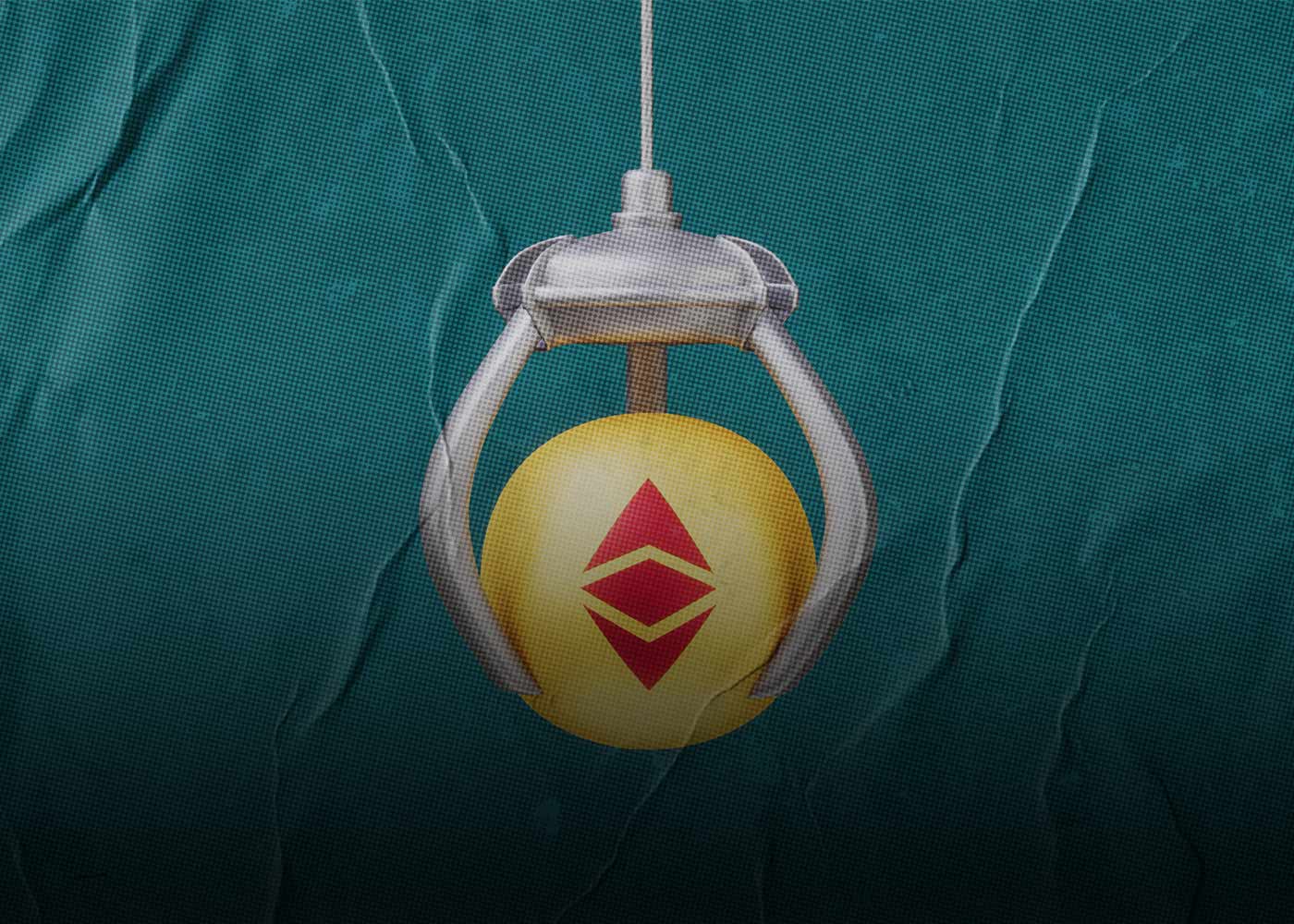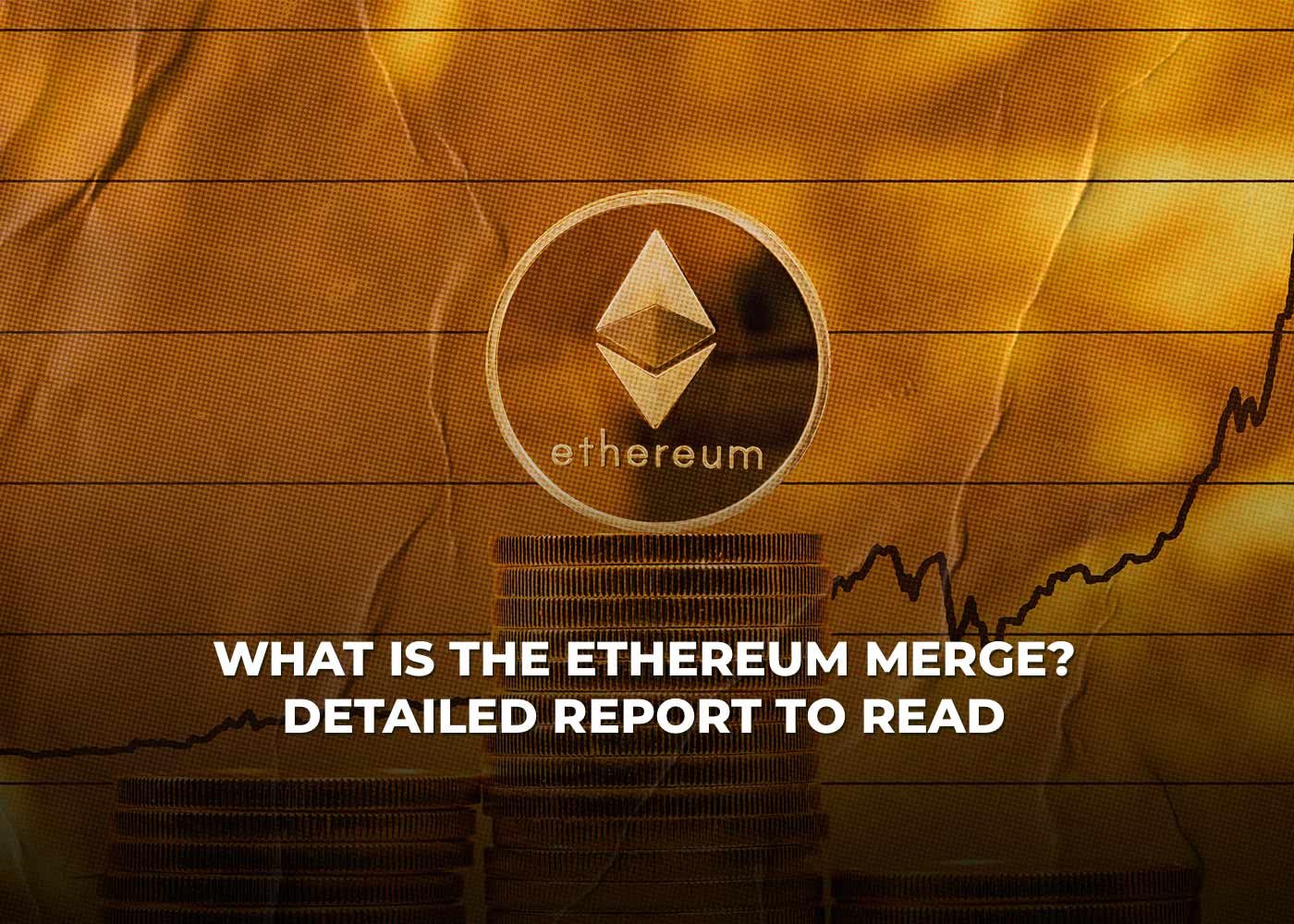
After a long wait, the Ethereum merge date is approaching. The transition from Proof of Work (PoW) to Proof of Stake (PoS) will be completed on September 19, 2022, unless something goes wrong. Ethereum developer Tim Beiko has proposed an alternative date.
Ethereum Merge is an update that will allow the Ethereum network to switch from PoW to PoS mode of operation. Merge will change the consensus on the Ethereum network and limit daily ETH creation by more than 90 percent.
Fusion is the culmination of years of work and development. This update marks Ethereum’s official transition to PoS consensus, merging the consensus layer (PoS/signaling chain) with the execution layer (PoW/original chain) and stopping the PoW part of the chain.
The Merge Will Have A Positive Impact On The Environment
The merge will improve network efficiency, sustainability, inclusiveness, and environmental impact.
Contrary to expectations, the merge will not immediately reduce Ethereum’s high transaction fees, but it will improve network sustainability by reducing energy consumption by up to 99.5 percent. The merge would reduce the annual supply of tokens on the Ethereum network by about 90 percent, leading to a massive deflation of ETH. With the launch of EIP1559, ETH has become a deflationary asset.
Before the merge, PoW was issuing more than 13,500 ETH per day. With the merge, only about 1,700 ETH per day will be spent through PoS.

It Will Be A Turning Point In Ethereum’s History
The merge is not limited to these events. Miners are another important component. The PoS consensus needs “validators” to verify transactions and protect nodes, just as a PoW blockchain needs miners to verify transactions.
After the merge, the Ethereum network will no longer need miners or pay them. Therefore, players will switch from miners to validators.
When Will The Ethereum Merge Take Place?
The merge is the first of five phases (Surge, Verge, Purge and Splurge) that will make Ethereum scalable.
According to the official Ethereum blog, the merge has already been successfully implemented in the public test networks Ropsten and Sepolia. The planned merge will take place on Goerli, the third and final test network, from Aug. 6 to 12. The Bellatrix upgrade will take place in early September. This will be followed by the merge, which will last two weeks. Tim Beiko announced that if all goes according to plan, the Ethereum merge will take place on September 15, 2022.
When the merge is complete, Ethereum’s core network will “merge” with Mark Chain, creating a greener network that will use Proof of Stake instead of Proof of Work.
What Will The Roadmap Look Like After The Merge?
The Ethereum 2.0 roadmap is very ambitious and technical. The stages are as follows:
Full transition to Proof of Stake after the merge.
Ripple: Adding shard chains to the existing network is an important step toward the huge scalability of Ethereum.
The Verge: A powerful Merkle update that minimizes the memory footprint of Ethereum nodes, according to test results.
This measure reduces testers’ memory footprint, optimizes storage and reduces network footprint.
Particularly important and different test variants. Splendor will perform the upgrade in five steps.
How Will The Process Wafter The Merge?
The merge will bring proof-of-stake to Ethereum, usher in a greener and more sustainable Ethereum era, and pave the way for sharding with a focus on scalability. Ethereum’s decentralized, secure and resilient value will flourish.
Will The Price of Ethereum Rise?
In the short term, the changes will benefit investors. Six to 12 months after the merge, the price of the ETH blockchain will be less vulnerable to selling pressures. In the medium term, the price of Ethereum may increase due to less selling pressure after the merge.
After the merge, the nodes that create and validate blocks will be randomized in a fully PoS approach. After the next phase of “data sharing,” individual nodes will only be able to store a subset of the data and only a subset will be verified. Since all data no longer has to be stored permanently, the overhead of storing data in Ethereum is reduced.
Another advantage of fusion is security. If the cost of an attack on the PoS chain increases, ETHs on the PoS chain are better protected than ETHs on the PoW chain. After an attack, a GPU-protected PoW network will have minimal resistance or resilience.
You might check: What’s Happening to Binance? Coinbase Delisted Binance USD Stablecoin






